Dragonflies are all-terrain insects that spend more of their lives underwater than in the air. They’re also agile, fast and fierce hunters. The majority of their head is taken up by their enormous eyes, and they eat nearly any smaller insect they can see.
An insect ready for action
There are around 7,000 species of dragonflies in the world. They’re found everywhere except Antarctica. Dragonflies live where there are water sources, such as lakes, ponds, swamps and rivers.
These insects are easy to recognize. They have six legs, double transparent wings (sometimes with colored spots) and a long, tubular body. They look a bit like tiny helicopters.
Dragonflies were one of the first insects to inhabit this planet, in the Carboniferous Period (359-299 million years ago). Back then, dragonflies were much bigger. The oldest recorded fossil is around 300 million years old. Some ancient dragonflies had wingspans of up to 2 feet (0.6 meter).
These insects evolved to be smaller, but also faster, more agile and with impressive vision.
Dragonflies in flight
Unlike other insects, dragonflies are unable to fold their wings over their torso, so they always have them fully extended. Damselflies look very similar, but these creatures fold their wings over their bodies instead of spreading them out to the sides when at rest.
Dragonflies have two pairs of wings with muscles on the thorax (middle section) that work independently, allowing them to change the angle of each. This enables them to fly in any direction, even backward. Hummingbirds, which are the smallest birds in the world, also have this ability.
In addition, dragonflies can hover in one place for more than a minute. They are not only agile, but they’re also fast. Their elongated and thin bodies allow them to fly very quickly. Some species can reach 56 miles per hour (90 kph).
They can also travel great distances. Some species migrate in groups and cover distances of more than 9,000 miles (15,000 km). There are few species in the animal kingdom that can match the dragonfly in its spectacular flight ability.
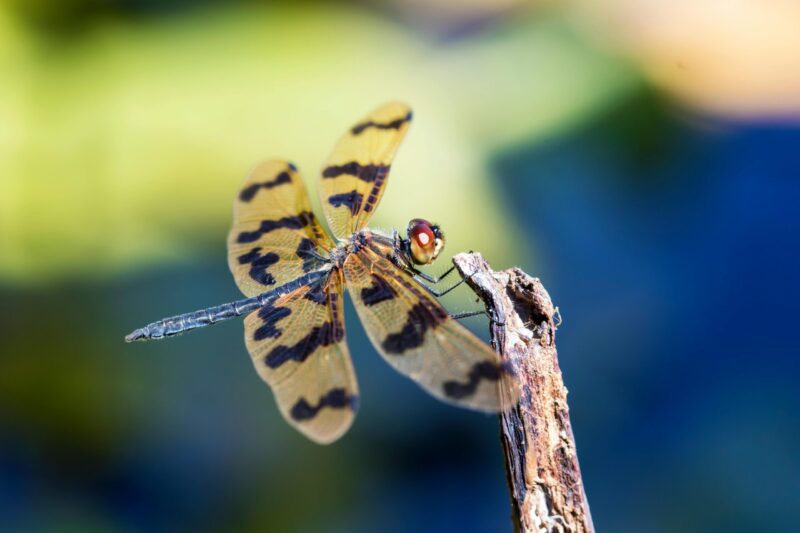
A terrifying predator
Dragonflies are absolutely terrifying to smaller insects. They attack their prey from the air with calculated aerial ambushes. And they can measure the speed and trajectory of a target and adjust their flight to intercept it. They are so skilled that they have a success rate of up to 95%. Dragonflies are kind of like flying Rambos.
When hunting, dragonflies capture their prey with their legs and tear off their wings with their sharp jaws so they cannot escape. The anatomy of dragonflies’ legs allows them to catch prey in flight, but not walk with them. But don’t worry, humans are safe from dragonflies. Their jaws are specially designed for chewing, but not for stinging.
In fact, if you hate mosquitoes, then dragonflies will be your best friends, since they help us control these pests. In a single day, dragonflies can consume up to 14% of their body weight. They feed on anything edible that comes within their sight … There’s a reason it’s one of the deadliest predators on the planet.
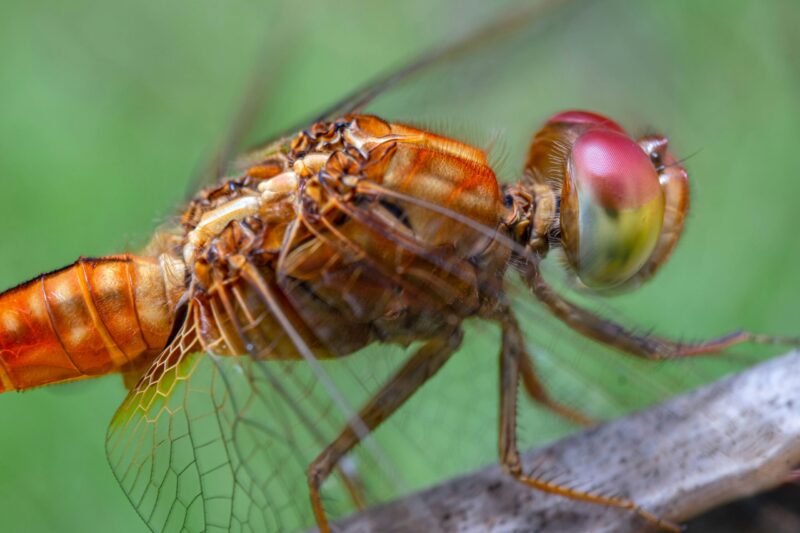
Look at those big eyes
Dragonflies have some of the largest eyes and most precise vision of all insects. The head is mainly made up of two enormous compound eyes, which meet at the back of the head. Thanks to this, the dragonfly can see 360 degrees of its surroundings without having to turn its head in the slightest.
These compound eyes contain 30,000 small hexagonal panels. Each has its own retina and lens, allowing a dragonfly to see its prey from a distance of up to 40 feet (12 m). Dragonflies also have three simple eyes with simple lenses.
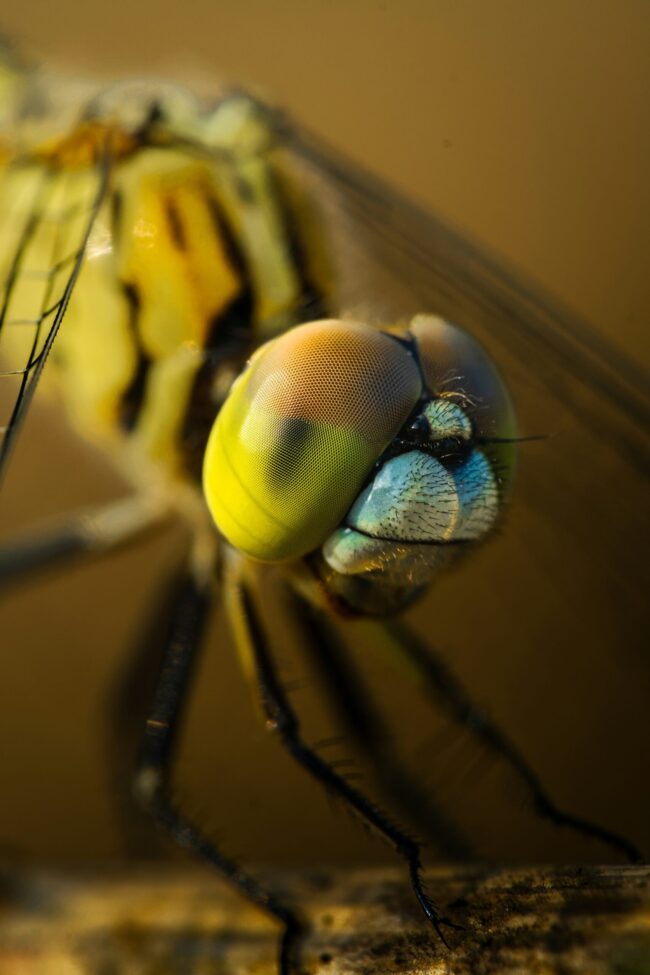
The underwater life of dragonflies
The life cycle of the dragonfly begins when its parents mate, which happens in the air or on land. The female then deposits her eggs in or very close to the water, usually on aquatic plants such as water lilies.
When the eggs hatch, they release the nymphs, which are their underwater form. In this phase, they feed mainly on the larvae of other insects or even tadpoles and fish. As you can see, the dragonfly is already voracious from a very young age.
Once ready for metamorphosis, the nymph emerges from the water clinging to stems, branches and other exposed surfaces, and begins breathing air. Then, the larva’s tough skin opens and the adult dragonfly emerges, ready for an aerial life.
The outer skin the nymph leaves behind, called exuvia, can be found attached to stems and branches for a long time after the dragonfly becomes an adult.
The curious thing is that dragonflies live much longer underwater than out of it. Normally, large nymphs live in water for about five years, and small ones from a few months to around three years. However, they only live a couple of months out of water.
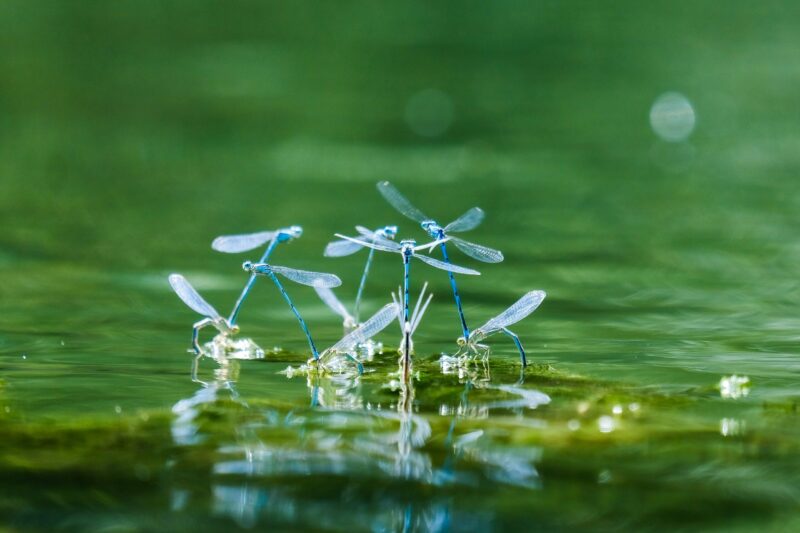
How do dragonflies breathe?
Since these insects live both under and above water, their respiratory system changes. During their phase as nymphs, they breathe through gills at the end of their body, which can be internal or external.
The dragonfly nymph carries the water it takes to the end of its abdomen, where gas exchange takes place. This process allows the nymph to obtain oxygen to breathe. Furthermore, by expelling water, it is capable of propelling itself like a missile, facilitating its ability to move quickly through water.
Exposure to air leads the nymph to initiate respiration. The skin opens at a weak point behind the head and the adult dragonfly crawls out of its larval skin.
Like all insects, dragonflies don’t have lungs, but rather they breathe through tracheas, which are located in the thorax and abdomen.
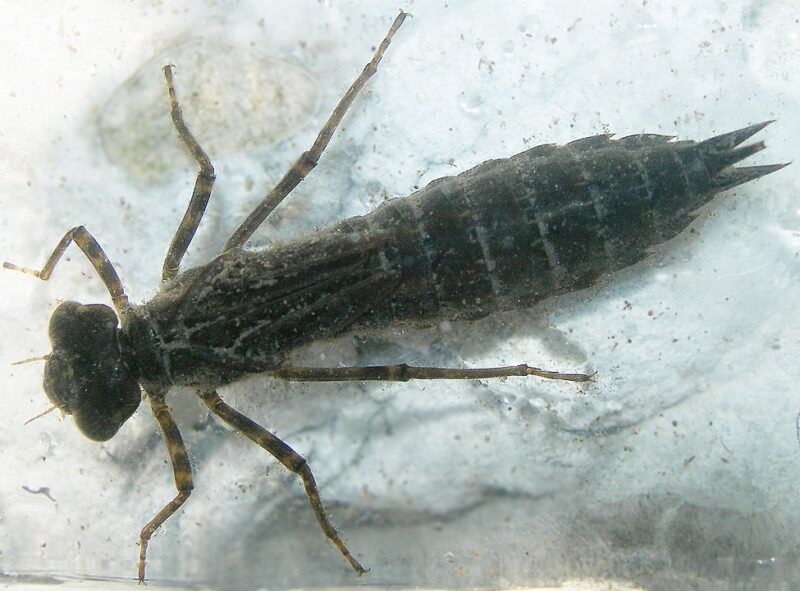
My dad found a very strange insect swimming underwater in our water lily pond, and then we received the image below at EarthSky Community Photos. All the signs were there for me to write this article …
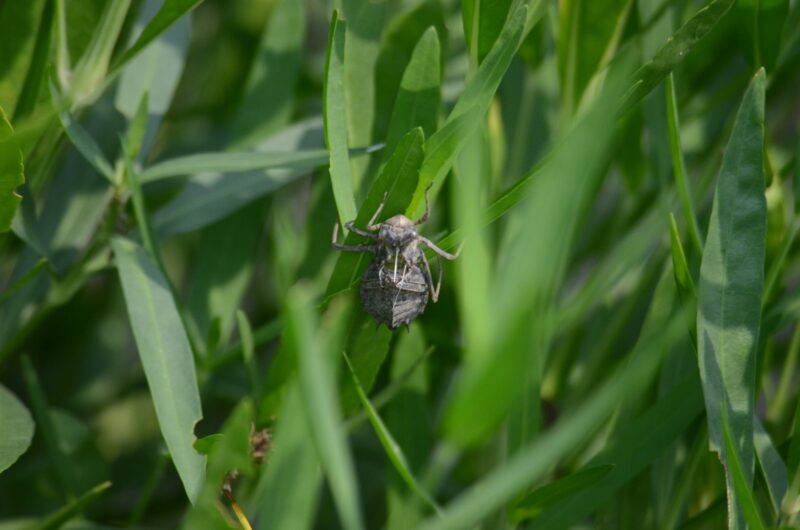
Dragonflies in Japan
The Japanese have great appreciation for dragonflies. In the past, people created designs with this insect, which decorated armor, helmets and weaponry of samurai warriors. Dragonflies were a symbol of agility, power and victory.

Nowadays, excursions are organized to appreciate and study them in their natural environment.
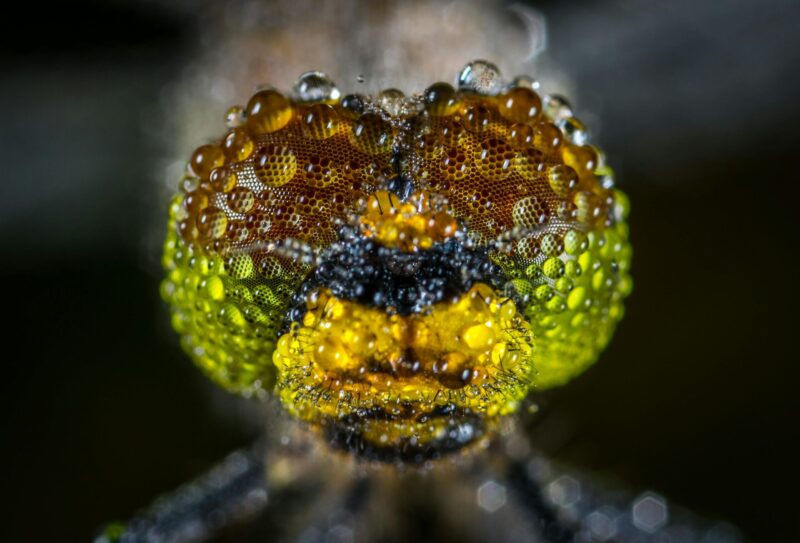
Bottom line: Dragonflies are fierce hunters with a very high success rate. They are agile and fast. And they live underwater much longer than in the air.
Read more: The praying mantis is a predator: Lifeform of the week
Read more: Ants, little but tough: Lifeform of the week

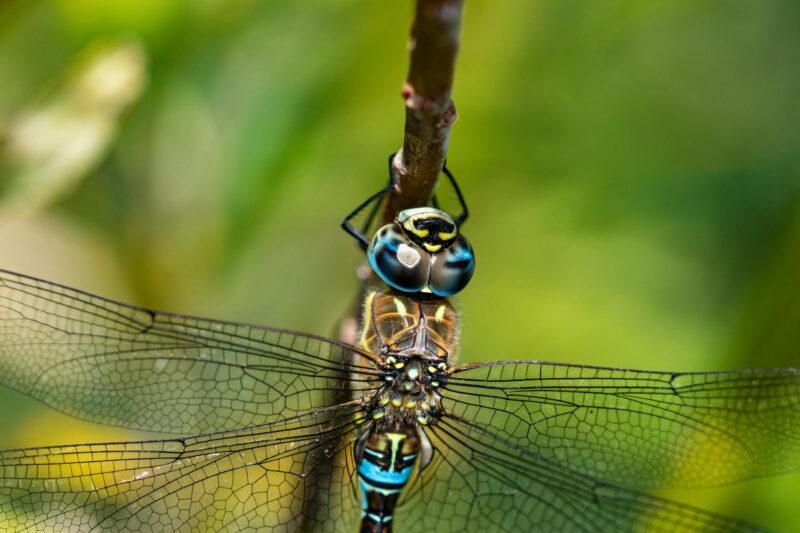
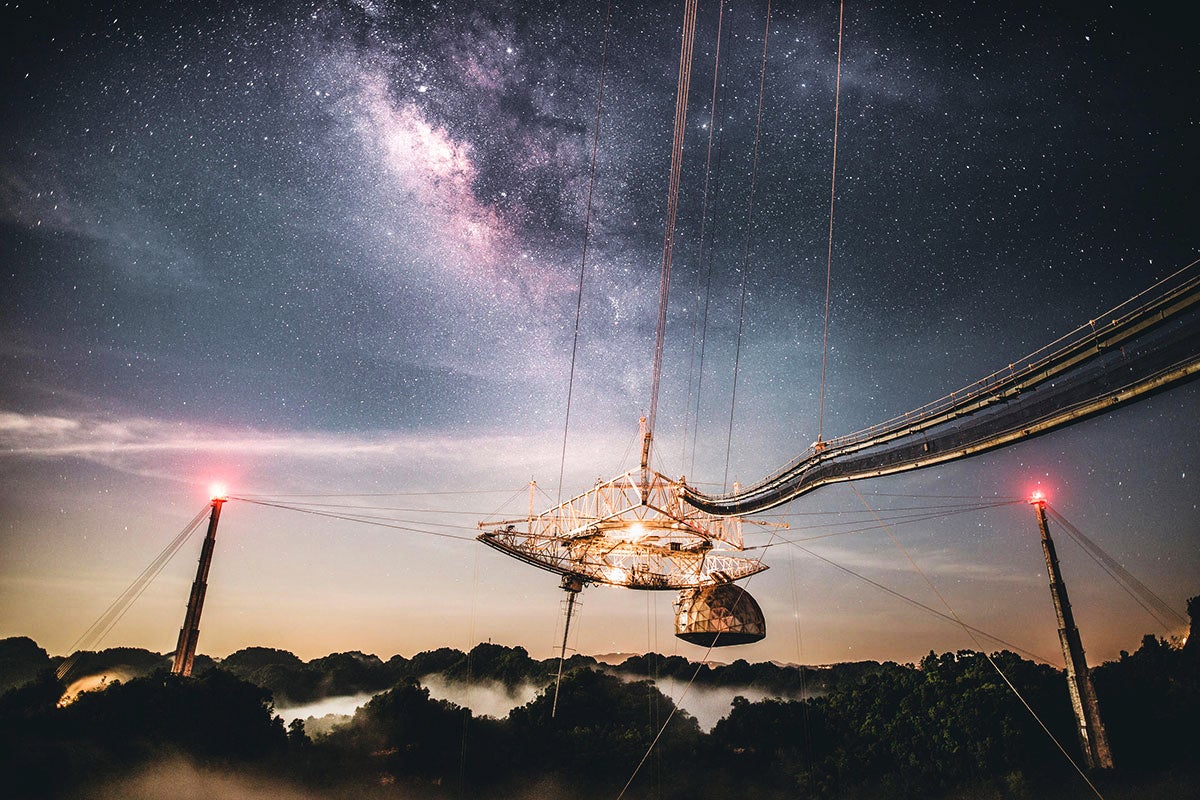


No comments! Be the first commenter?